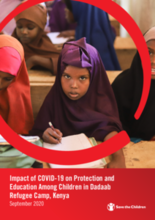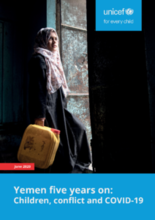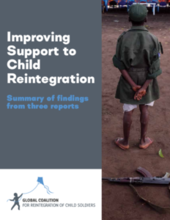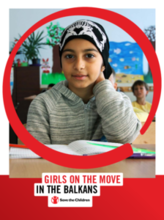Displaying 191 - 200 of 521
Save the Children conducted research in three refugee camps in Dadaab in Kenya which explored the impact of COVID-19 on children’s education, young mothers’ livelihoods and gender-based violence. This study highlights programmatic adaptations made in response to COVID-19, identifying what has worked well or less well and considers practical recommendations for the sector.
This report from UNICEF explores the situation of children during the humanitarian crisis in Yemen, including the impacts of the COVID-19 pandemic. It outlines UNICEF's response to the crisis and presents a global call to action.
This Call to Action outlines some of the impacts of both displacement and COVID-19 that are threatening the positive development of many young children around the world. It calls for governments and donors honor existing commitments, ensure inclusion of young children and families in public systems and take FIVE immediate actions.
This document is a summary of three papers on how to effectively support children who have exited armed forces and armed groups and contains actionable recommendations at the end to stimulate thinking and action to assist these most vulnerable children and their communities.
This integrative literature review studies well‐being of unaccompanied asylum‐seeking children through the three modes of recognition—love, rights and solidarity—as conceptualized by Axel Honneth.
This report from Save the Children presents a qualitative study with the participation of girls and young women who are in transit or have migrated to Greece, Serbia and Bosnia and Herzegovina.
This document highlights issues relating to prevention and response programming for Children Associated with Armed Forces or Armed Groups (CAAFAG) in the context of the COVID-19 pandemic.
In this episode of the Protected! Podcast, Elsa Laurin, the Senior Child Protection Officer for the East and Horn of Africa from UNHCR, tells Hani Mansourian how they and their partner organisations re-prioritised child protection cases in response to the changing situation of shut borders in eastern Africa as the threat of an outbreak of COVID-19 loomed.
The purpose of this report is to provide analysis and policy implications to assist the African Union (AU), Regional Economic Communities (RECs), Member States and Development Partners in decision-making and in the implementation of peace and security related instruments.
This article uses the framework of the CRC to review how the world has studied the involvement of child soldiers in armed conflict.







